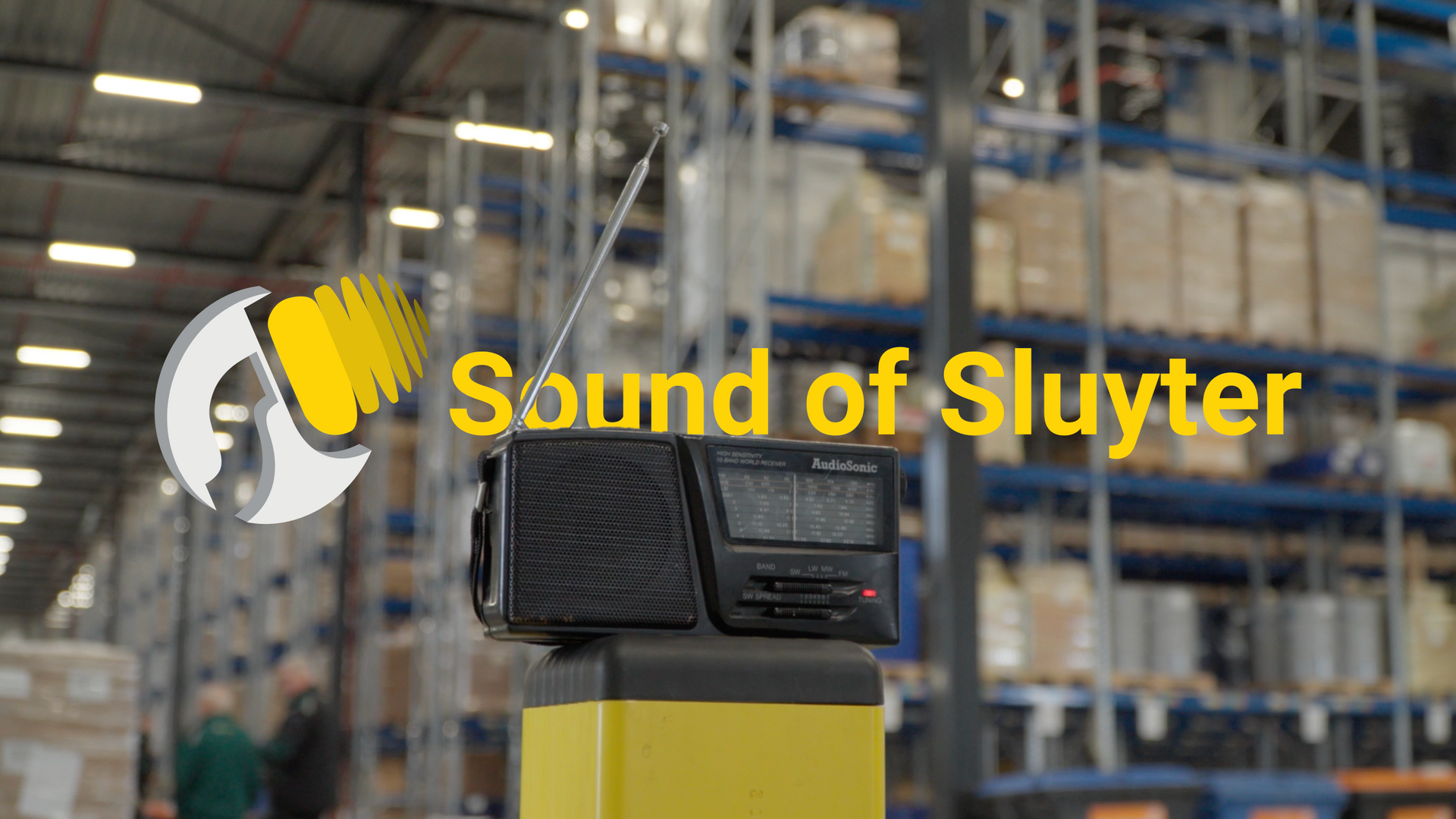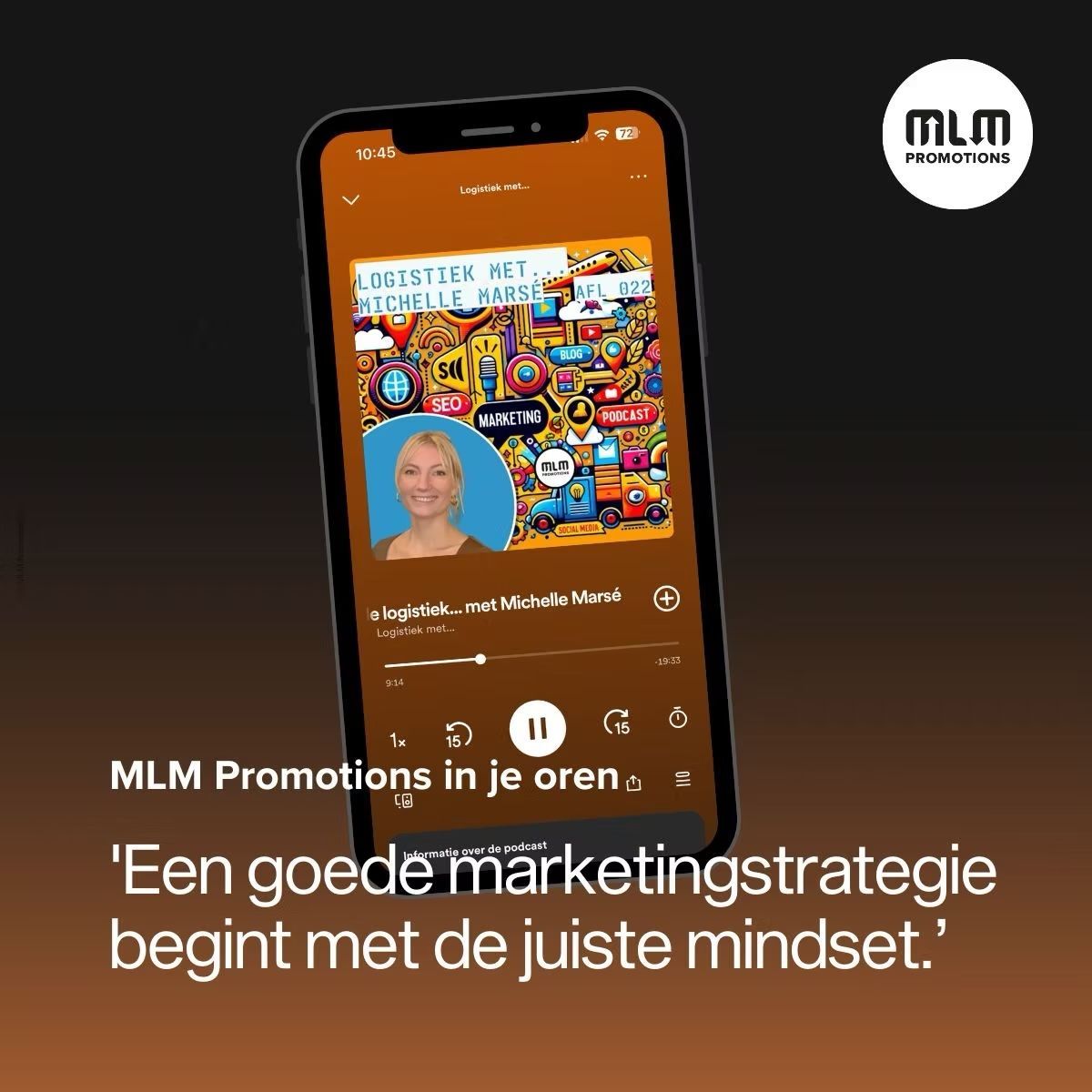Creativity in the logistics sector: Finding space within tradition
Creativity in the Logistics Sector: Finding Space Within Tradition
This article was published on Frankwatching on behalf of MLM Promotions.
Streamlining processes, minimizing errors, and maximizing output.
In the logistics world, efficiency is the common thread. In such an environment, creativity might seem like an odd element—but it's actually a crucial factor for success.
It’s no news that creativity leads to innovative ideas. Other sectors are also somewhat hesitant about creativity. Take healthcare, for example, where factual information dominates. Or the economic sector, which tends to avoid risk and is heavily regulated. The space outside the "box" doesn’t always feel endless. So how can these fields still make room for necessary creativity?
The Importance of Creativity in Traditional Sectors
In the logistics world, everything revolves around timing, precision, and reliability—from managing inventory to planning routes. The focus is on minimizing waste and maximizing throughput. In such an environment, there seems to be little room for creativity.
But creativity doesn’t always mean flamboyant designs or radical changes. It’s more about finding innovative solutions within existing frameworks.
Michael Boyles from Harvard Business School notes that creativity creates opportunities to work smarter, not harder. Routine and structure are incredibly important but shouldn’t come at the expense of improvement and growth. Forbes published an article on creativity and found that 73% of the 11.3 million organizations surveyed consider creative thinking a top priority when evaluating talent. The skill is becoming increasingly relevant and important. The ability to think creatively is no longer a "nice to have"—it's essential in every sector. It drives career growth, promotes flexibility, fosters innovation, and can’t be replicated by artificial creativity.
Outlets for Creativity in the Logistics Sector
This month, Logistiek.nl published a concerning article about the current shrinking economy in the Netherlands. These times of economic turbulence have major implications for the transport and logistics sector.
So how can an organization continue to stand out? What creative initiatives can contribute to a unique market position? The tight deadlines remain, but the challenge is to look for wiggle room. What can a logistics company do on its own?
1. Process Optimization
Creativity can be applied by revising processes to make them more efficient and effective. This might involve implementing new technologies or rethinking the logistics chain.
2. Customer-Centric Solutions
We’re dealing with a sector where the solutions offered often don’t differ much from those of competitors—in other words, services are often the same. So how do you use creativity to create a unique offering and stimulate customer loyalty? For example, by offering a surprising customer journey. This could range from personalized delivery options to innovative tracking features. That personal touch is often the most valuable. Nothing beats a fun extra contact moment or a unique content strategy.
3. Visual Communication
Although the logistics sector often revolves around factual information, creativity can still be applied in visual communication. Think of infographics, video material, or interactive content to explain complex logistics processes simply and visually. This is where creative agencies can play a role in strengthening logistics companies—even if it’s just optimizing a CTA button. Be the breath of fresh air the organization needs.
Creativity as a Competitive Advantage
In an environment where efficiency and reliability are the norm, creativity can make the difference between an average company and an excellent one. Or between a logistics company that’s struggling to stay afloat and one that thrives during tough times thanks to creativity.
By embracing creativity, companies in the logistics sector can differentiate themselves from the competition, enter new markets, and adapt to changing circumstances. And as Albert Einstein said:
"Creativity is intelligence having fun."
But beware—creative juices can’t be forced. You simply can’t schedule a “creative hour” into your planner. Ideas come (and go) on their own. You can be hit with inspiration in the most unexpected places and at the oddest times. Suddenly, you find the one solution you hadn’t thought of before.
Here’s a tip from us: always keep a notebook handy—digital or good old-fashioned paper by your bedside. Or try working in a different setting. A change of scenery can do wonders.
Break Tradition, Unleash Creativity
Although the logistics sector is known as a hotbed of efficiency, there is definitely room for creativity. In fact, companies that stand out with a strong creative strategy are experiencing tremendous growth. Use creativity as a tool for innovation, customer focus, and competitive advantage.
By challenging traditional thinking and embracing new ideas, you can strengthen your position in an ever-changing market. Creativity is not a luxury it’s a necessity.










